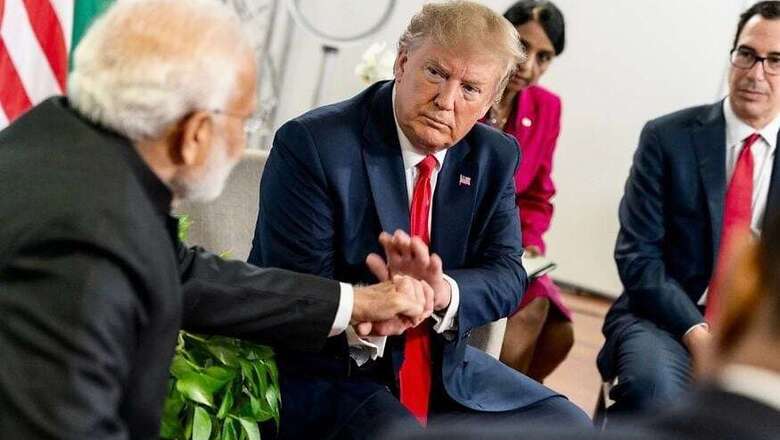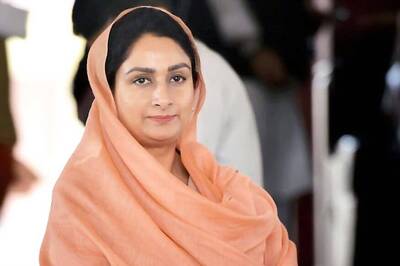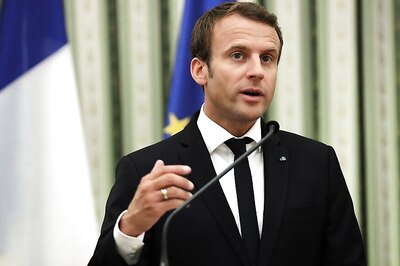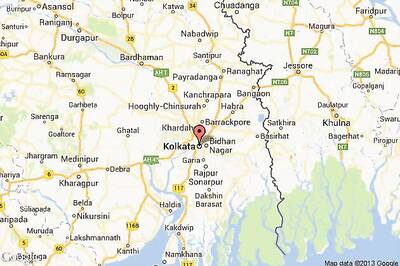
views
Washington: Call it the art of the minideal. The Trump administration is on the cusp of announcing a new trade deal with India, potentially within the next week as President Donald Trump prepares to meet with Prime Minister Narendra Modi of India.
It should be a proud moment for Trump, who is eager to announce new markets for US farmers and manufacturers who have been badly hit by his trade war with China. But unlike traditional trade pacts, which cover nearly all sectors of the economy, the India deal appears likely to be confined to only a few sectors and products.
Minideals are becoming something of a trend for Trump ahead of the 2020 election. In addition to India, he is expected to soon announce a limited trade agreement with Japan.
While smaller deals may prove easier to win than comprehensive agreements, they are raising concerns among some lawmakers and businesses about the precedent Trump is setting by striking limited pacts that could leave significant issues unresolved.
They also run afoul of the World Trade Organization, which requires members to draft deals that cover “substantially all trade” to prevent countries from unfairly discriminating against one another. But Trump has not been concerned with violating the organization’s rules in the past, and his advisers are framing the deals as an “early harvest” that will ultimately put the United States on a path toward bigger, more comprehensive trade agreements.
The deals will secure some wins for US farmers and manufacturers. The pact with India is expected to remove India’s restrictions on imported electronics, medical devices and farm goods like cherries and pork, in return for restoring a special trade status for developing countries that the Trump administration stripped India of this year, people briefed on the negotiations said.
And it could help Modi, who is aggressively courting foreign investment in an attempt to boost India’s flagging economy. The prime minister is also eager to win strong US support for his contentious decision last month to revoke the semiautonomous status of the Indian state of Jammu and Kashmir, an area that has long been contested between India and Pakistan.
But the deal would not cover some of the more contentious issues between India and the United States, like India’s barriers to US technology firms, and how both countries should go about countering security threats from China. The two sides have discussed the potential for a broader trade deal in recent months, but negotiators have decided that too many disagreements remain, at least for now.
The US-India trading relationship has become increasingly tense, with the Trump administration deeply frustrated with India’s trade barriers to medical devices, agricultural goods, electronics and digital trade. Trump’s move to impose tariffs on Indian steel and to revoke a special trading status for its goods similarly rankled Indian lawmakers.
Modi has also championed “India first” economic policies that echo Trump’s own “America First” philosophy. For example, the Modi government is trying to rein in the power of US tech giants like Amazon and Facebook and promote local players like Reliance Jio.
India has a long-standing trade relationship with Iran and is chafing at the US embargo on Iranian oil, which has forced India to turn elsewhere for supplies. The United States, meanwhile, has been leaning hard on India to ban Huawei, the Chinese telecom giant, from supplying equipment for the next generation of wireless technology, known as 5G, over security concerns.
The Trump administration is also pressing to eliminate the US trade deficit with India, a goal that the Indians consider unrealistic.
Nisha Biswal, the president of the US-India Business Council at the US Chamber of Commerce, said starting with a smaller deal makes sense because the countries have not agreed on much in the past when it comes to trade.
“For most of our trading history, we have come at each other more as combatants than collaborators,” she said. “We should start with these building blocks and move toward a more comprehensive architecture over time.”
But the size of the agreement with India, as well as Japan, differs significantly from previous US trade deals, like the North American Free Trade Agreement and the Trans-Pacific Partnership. Those deals include nearly every sector of the economy, and have rules on how countries manage their currencies, process trade and resolve trade disputes, among many other issues.
Trump has eschewed multilateral deals like the TPP, which he pulled the United States out of when he became president. And his advisers want to avoid entering into big, sweeping deals that would typically require congressional approval. The administration is still engaged in a monthslong effort to persuade House Democrats to support its rewrite of NAFTA, which the president rebranded the United States-Mexico-Canada Agreement. It is unclear if that deal will ever get approved.
Instead, the administration is taking advantage of a little-used provision in the trade law that allows the president to drop certain tariffs under 5% to zero, and to lower tariffs that are above 5% by half, for specific duties that are “unduly burdening and restricting the foreign trade of the United States.
Ana Swanson and Vindu Goel c.2019 The New York Times Company




















Comments
0 comment